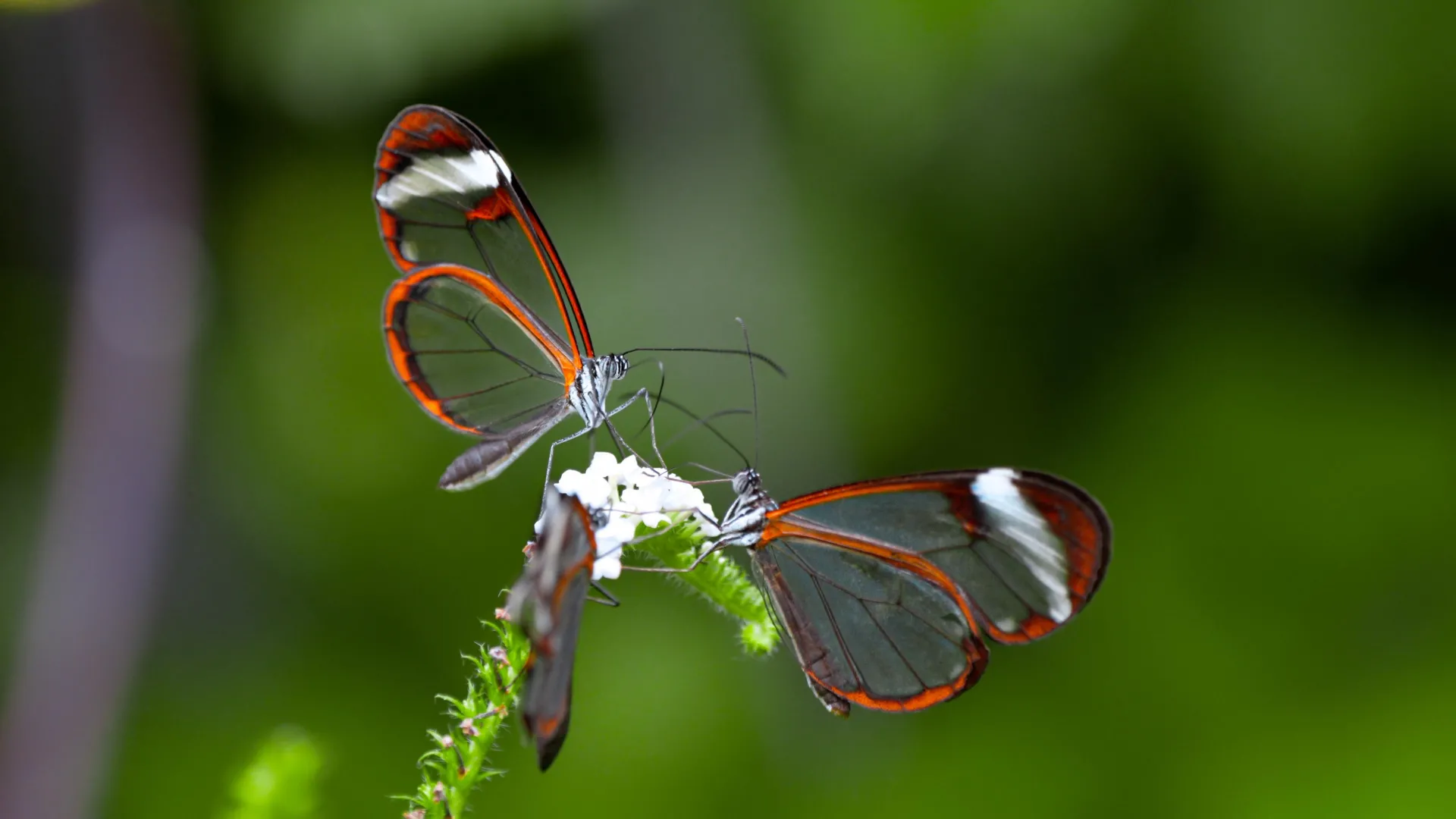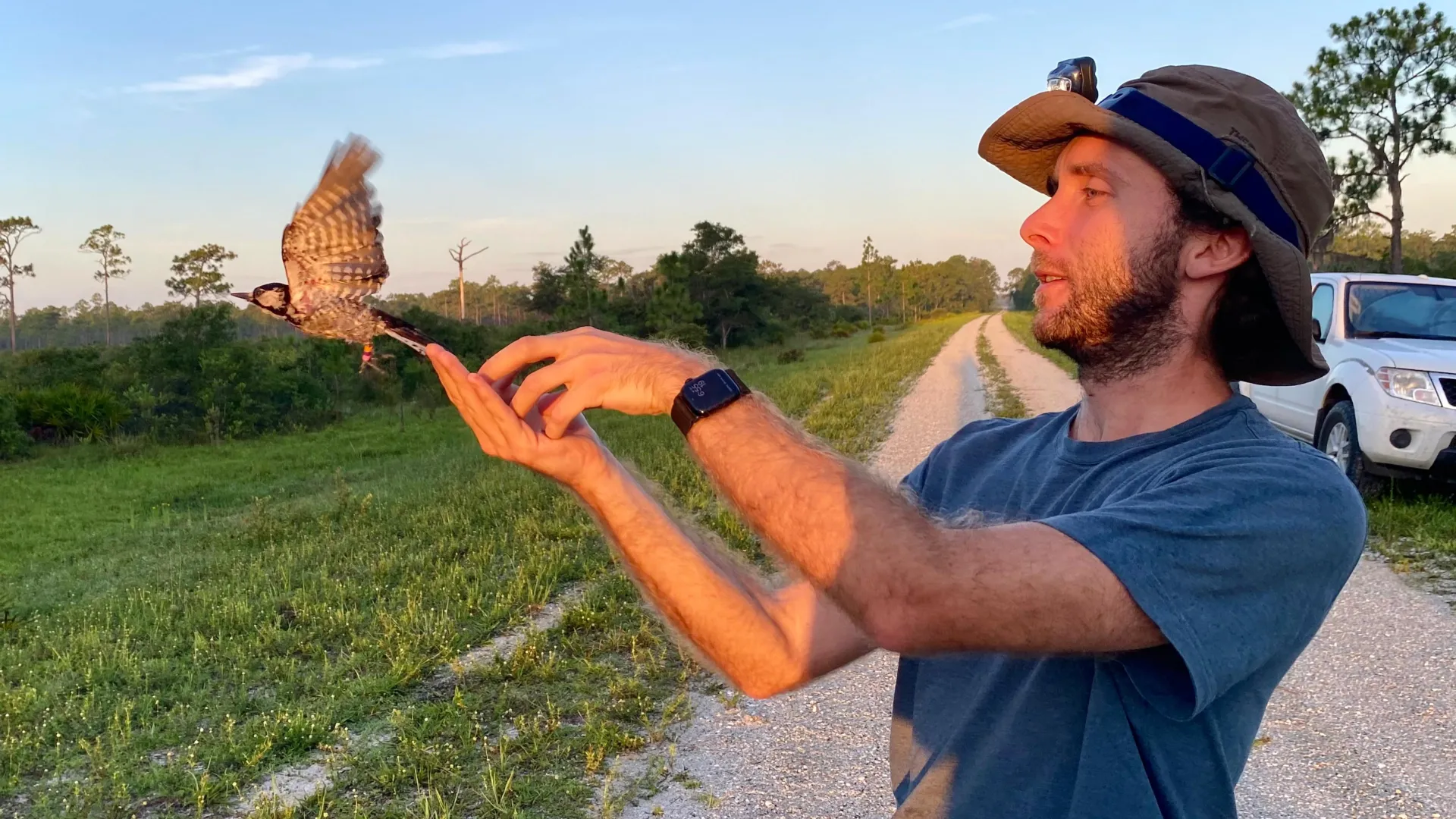Now Reading: Six Hidden Butterfly Species Revealed Through DNA Analysis
-
01
Six Hidden Butterfly Species Revealed Through DNA Analysis
Six Hidden Butterfly Species Revealed Through DNA Analysis

Fast Summary
- Researchers genetically mapped glasswing butterflies across Central and South America, identifying six new species and rewriting their evolutionary tree.
- Glasswing butterflies produce different pheromones to detect mates of the same species, despite looking visually similar to discourage predators due to implied toxicity.
- Scientists sequenced genomes of nearly all species in two fast-evolving groups of glasswing butterflies, creating ten reference-quality genomes freely available for biodiversity research.
- Chromosomal rearrangements, which vary considerably between glasswing butterfly species (13-28 chromosomes vs. the typical 31), play a role in rapid species diversification.
- These genomic discoveries could help monitor insect populations and understand adaptation mechanisms amid environmental changes like climate change or habitat loss.
- Findings may have broader implications for conservation strategies, biodiversity tracking, agriculture pest management, and understanding extinction risks.
Read more: Science Daily
Indian Opinion Analysis
The study’s revelations about glasswing butterflies are significant for biodiversity conservation globally, including regions like India that face similar challenges with preserving insect populations amidst rapid urbanization and climate change. Butterflies are key indicator species used to gauge ecosystem health; hence advancements in genomic mapping could enhance India’s ability to monitor such environments more effectively. moreover, understanding rapid radiation among insects may provide insights into how organisms respond quickly to changes-a vital perspective as India tackles agricultural pests or invasive species.
India’s rich but fragile ecosystems could benefit from adapting techniques like genomic sequencing showcased here for local insects or fauna facing threats.Additionally,this research underscores the importance of international collaborations-the kind that India is also increasingly partaking in-to address global conservation priorities systematically. While direct applications might take time within India’s contexts due to resource constraints or scaling challenges, innovations from these studies can contribute long-term strategies benefiting national biodiversity initiatives while joining global preservation efforts.
























